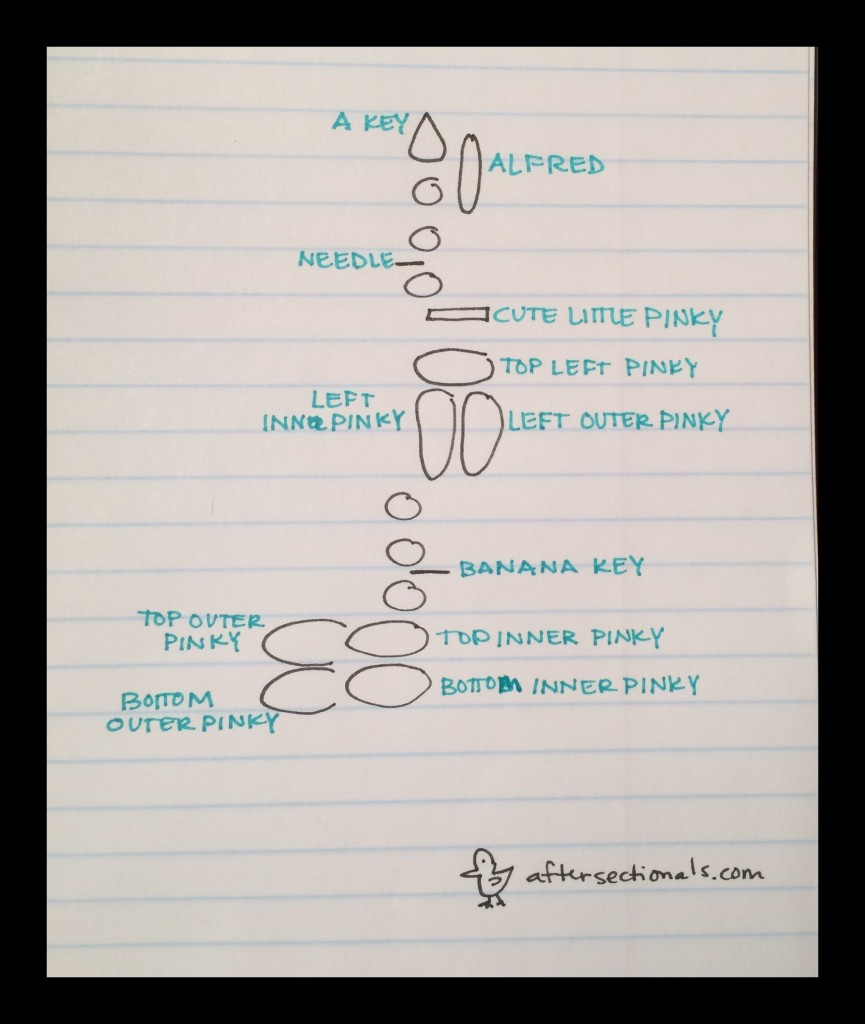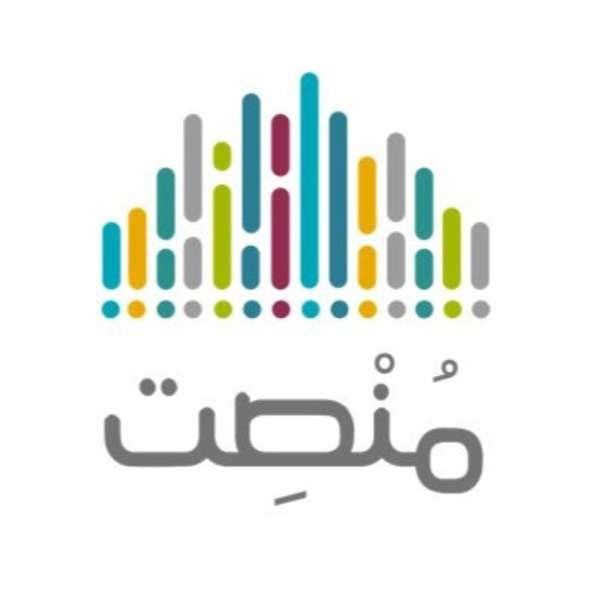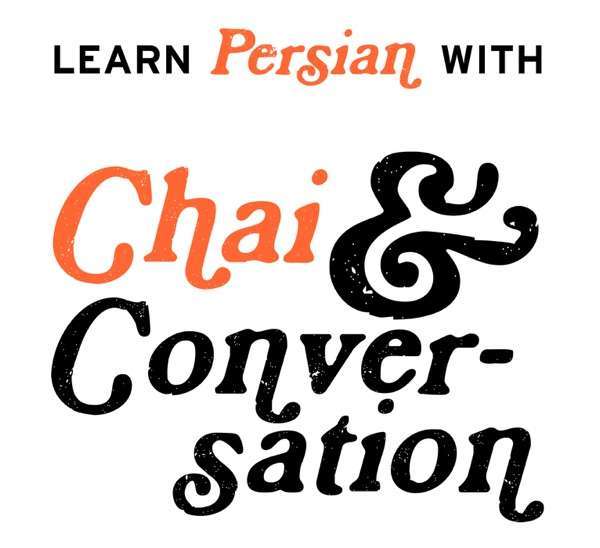After our TMEA rhythm clinic, a lot of people asked us if we had special counting charts for teaching cut time, and the answer is no.
A few years ago we started introducing the concept of cut time after learning how to play #175 (Egyptian Dance) in Essential Elements. We learn #175 at “normal tempo” (72) and then push the tempo up to 120 over the course of 2 or 3 days. Once we get it to 120, I show the classes how fast the real Egyptian Dance goes and how ridiculous it would be to pat our foot that fast. That’s my lead-in for cut time.
Having the melodic reference helps the kids make the brain transition to cut time since they already know how it sounds in 4/4.
Later, we’ll go back to old rhythm charts (Chart 2, 2.5, 3, 4, and 6.5) and count those in cut time. We do the same thing with old songs in the book as well and specifically #179 (American Patrol)
Every year at the spring concert our beginner band plays the Patrick Roszell arrangement of Shepherd’s Hey, and we teach it in cut time at 60 so that every beginner has a good bit of experience with cut time before they get to 7th grade.
This year in particular, I had one class that really struggled with learning cut time. After a couple of days of frustration on MY part, I discovered that I had one very confident kid (read counts loud) that wrote “1 te” but read “1 ti” and was trying to put the te on the 2nd 16th note instead of the 3rd… It took me forcing myself to be calm and collected to figure out what was actually happening with a class of generally smart kids instead of just getting frustrated over and over again while beating a dead horse. That class is doing just fine now. 
The post AS 004 : Cut Time appeared first on after sectionals.

 Our TOPPODCAST Picks
Our TOPPODCAST Picks  Stay Connected
Stay Connected



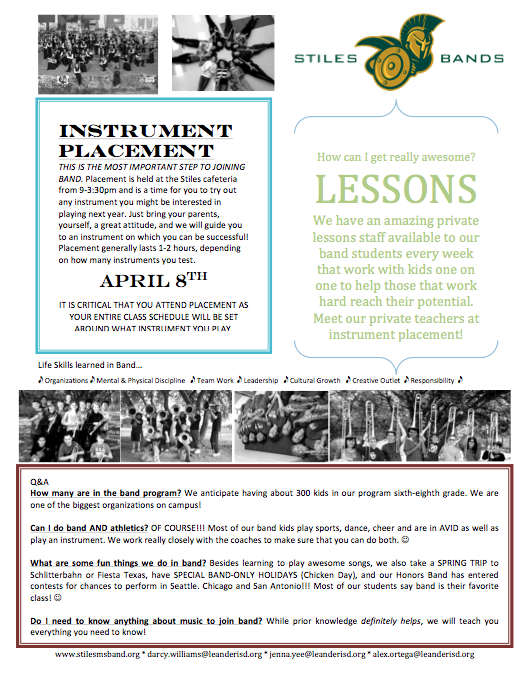

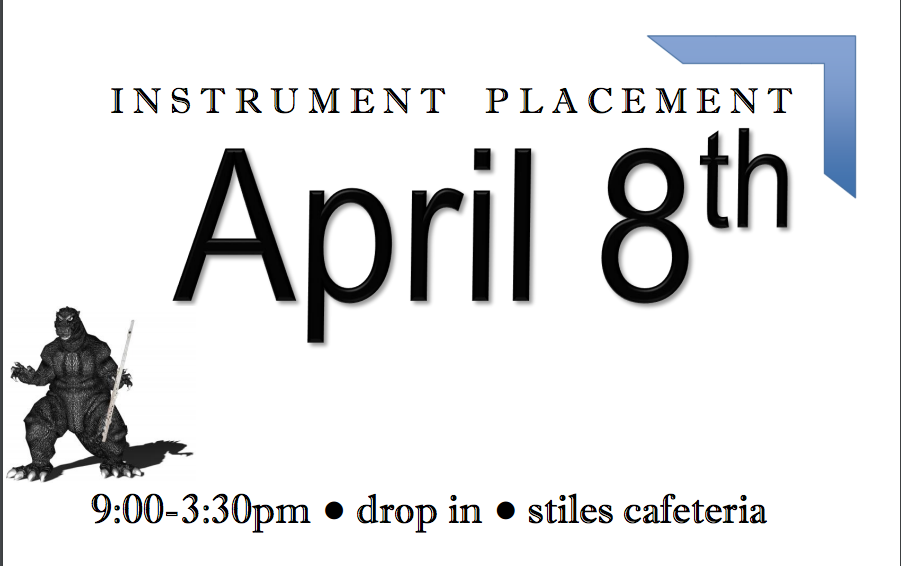


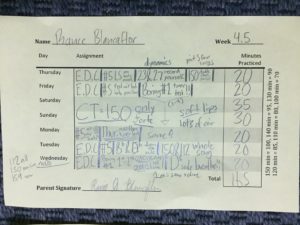
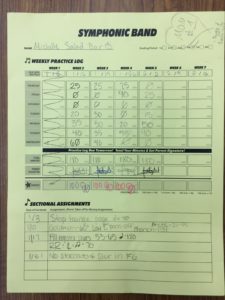

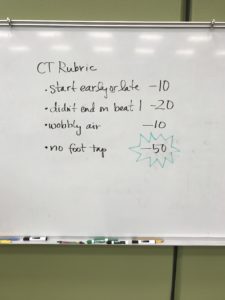
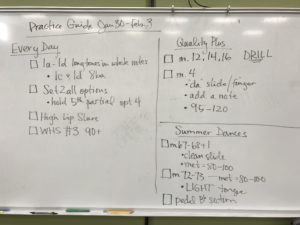

 In this episode we finally answer the often asked question about the chicken.
In this episode we finally answer the often asked question about the chicken.
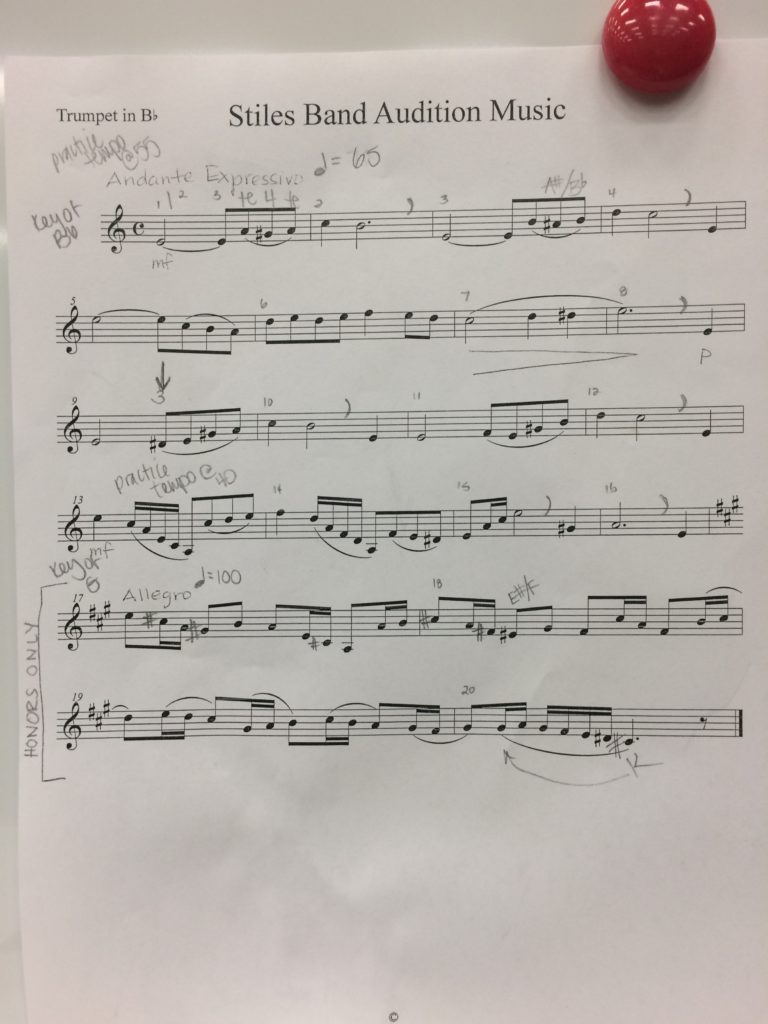
 Jenna’s band is rehearsing American River Songs in the background.
Jenna’s band is rehearsing American River Songs in the background.